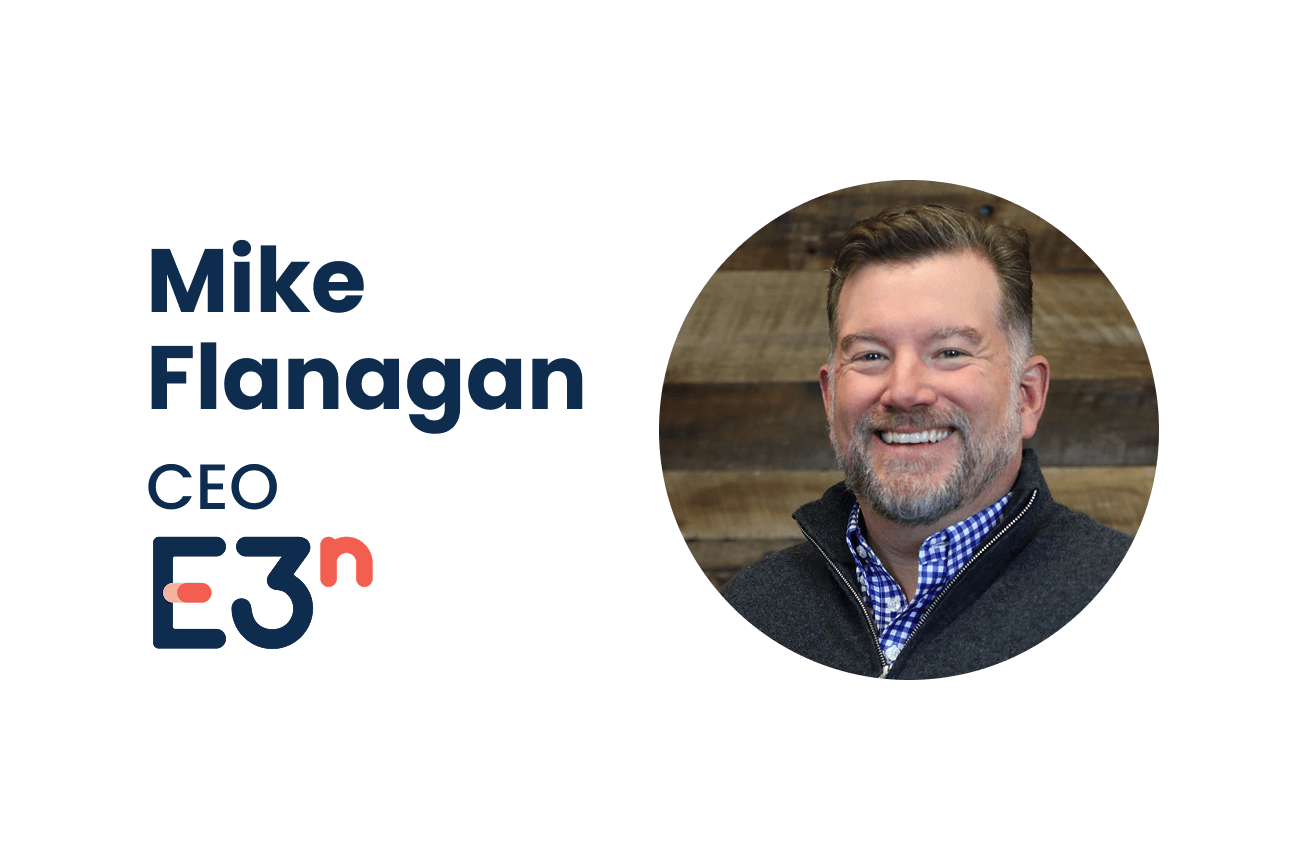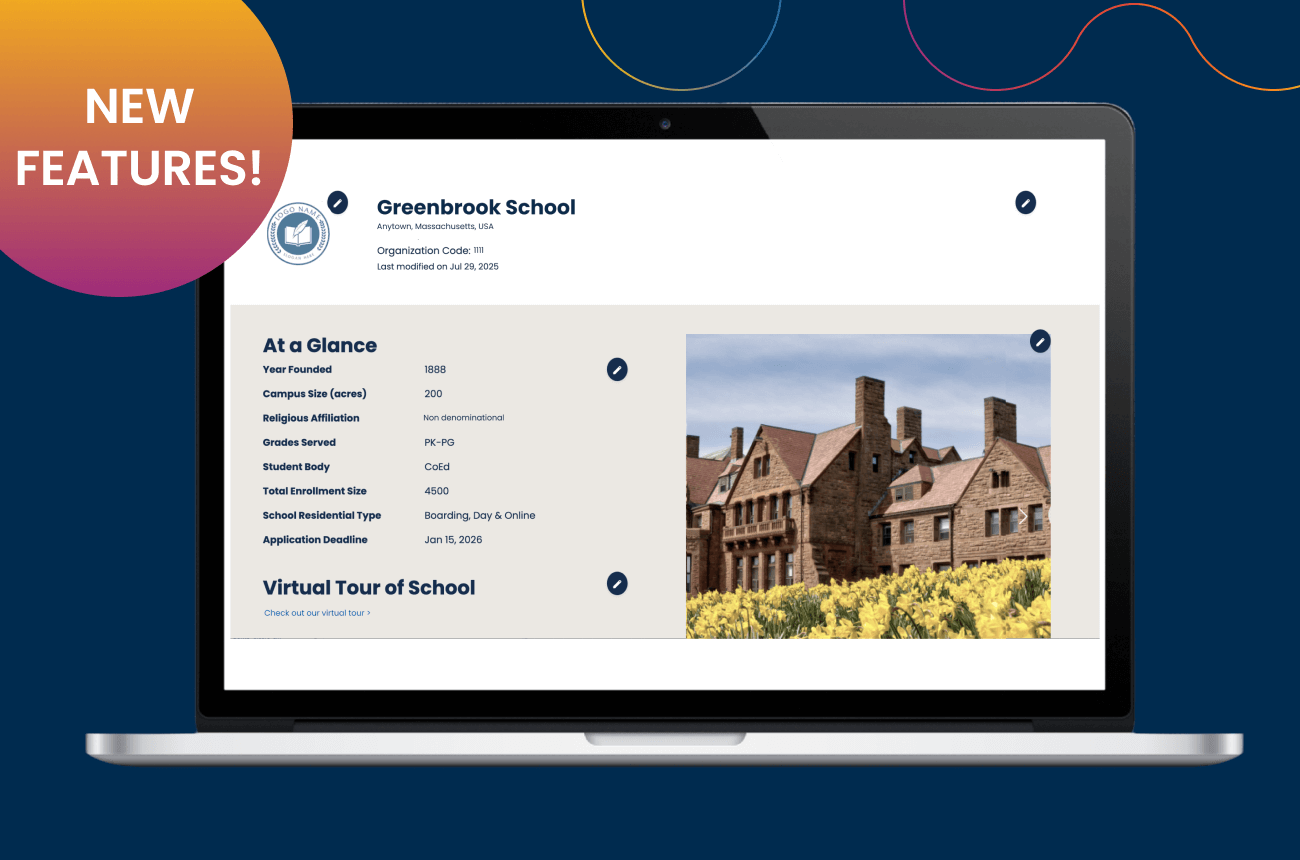The Fall Travel Season

From The Yield, Winter 2013
Security lines at airports, sleepless nights in hotels, exotic food, customs lines, and more time in a car or train that you ever thought you could handle. Sound familiar? As boarding schools continue to cultivate student markets — and to tap new ones — travel, whether in one’s own region or halfway across the globe, is an integral part of every office’s recruitment plans. The Yield asked an industry veteran, a mid-career pro, and an industry newcomer their strategies for this fall’s whirlwind recruiting adventure.
The Veteran: Peter Gilbert, Director of Admissions and Financial Aid, Salisbury School (CT)
The Mid-Career Pro: Susan Gundle, Director of Admissions, Oregon Episcopal School (OR)
The Newcomer: Luke Santoro, Assistant Director of Admissions, The Tilton School (NH)
What are your target travel areas for the fall? Why?
PG: Salisbury School has fully embraced data-driven admission for a number of years now. While we return year-after-year to our traditional feeder schools, annual school fairs, and favorite zip codes, we’ve now started looking outside of our traditional regions, and in doing so, we have extended travel into the winter and the spring.
Multiple robust tools support our “sabermetric” approach to travel. For example, we have used the NAIS Demographic Center. It is free and very user-friendly. We also take advantage of articles like one in the Atlantic Monthly last fall that profiled the cities with the greatest percentage increase for high-wage jobs 2009-13. Finally, this is the first year we have used SSATB’s Admission Search Initiative (ASI) service. It has given us valuable data beyond just the list of SSAT test-takers. We are also looking at target markets, specific to sports like hockey and lacrosse, or to communities that lack a range of high school options, like California, Illinois, Colorado, the Southeast, Texas, and Florida. These families will often have a hard time finding us if we don’t initiate the conversation. Segmenting need is everything. It’s where market and mission converge.
SG: In order to diversify our student body and continue to attract students who are well-suited for our school, we have focused our fall recruitment travel to include England, Germany, Thailand, Vietnam, Korea, and Japan. Our willingness to work with agents and consultants is a result of our desire to expand the diversity of our boarding program. Domestically, we have established a recruitment effort within a 300-mile radius of our school.
LS: I have been centered mostly in Massachusetts attending fairs. I will also be doing some travel from an athletic standpoint with trips around New England and to Charleston, SC. Some coaches have also traveled to Florida, Texas, Michigan, and California. Our office will be present in Germany, and we have utilized teachers on trips to Venezuela this fall, as well as Spain earlier this year. I also covered one of our admissions/development regional events. Those are interesting because you have two distinct groups there: alumni and prospective families. Our office always debriefs fairs and studies recruitment regions to make sure they were a good fit.
How do you prepare for these trips?
PG: Preparation is key to travel success. For every week on the road, it will often take a month of planning. I have found that timing is really important for making appointments and plane flights. The “Goldilocks Moment” depends on market saturation. When many schools are in the same place at the same time, it becomes challenging to get an appointment with a feeder school or educational consultant. In some ways, it is better to visit when other schools are not in that area.
Preparation should also include outreach to your inquiry pool, well connected alumni, IECA consultants, and current families. Our data show that word-of-mouth remains vitally important. With this in mind, we have worked more closely with the development office.
SG: Our focus when traveling for recruitment is to understand the culture of the location we are visiting. We educate ourselves prior to travel, but realize the most productive way to understand a culture and its educational expectations is to visit that country. We also plan our recruitment travel to include participating in fairs, visiting educational organizations, meeting families of our current students from that area, and attending alumni gatherings.
Prior to our trip, we communicate via Constant Contact and social media, such as Facebook. This provides an opportunity to introduce people to our school before we meet them in person. We offer a schedule of one-on-one meetings (through online sign-ups), as well as offering drop-in receptions that do not require RSVPs. We find that having a variety of ways to approach a market is the best plan.
LS: The most important thing is to make sure I have everything I need for each fair. There’s nothing worse than showing up and realizing I have forgotten inquiry cards or tablecloths. If it’s my first time doing a specific fair, I’ll usually speak to whomever attended it the year before, so I’m mentally prepared. Knowing the demographics of the fair area, and the potential makeup of the families that attend, assists in preparing for the types of questions I’ll get, or specific things families might be interested in about Tilton. If I’m going to an individual school, I’ll check if we have any of their alumni as current or former students to update them. I have to approach each visit or fair individually and remember there is no formula.
What do you hope to get out of these travel opportunities?
PG: In the end, travel is all about getting a family to visit our campus. I used to quantify a trip with statistics to understand the cost per student or yield. However, there are so many variables: quality vs. quantity, short term vs. long term, etc. More recently, I believe that the goal of travel is about being part of the educational dialogue in a “community.” It is about taking a long-range view of admission and the marketing of boarding schools. How do we best plant the seed or further build on a trickle of interest? Let’s remember that the perspective on and knowledge of boarding schools changes as soon as one crosses the Hudson River. We are looking for the exceptional student who has a compelling reason why he needs our school. Boarding schools that work together will find the best success. The vast majority of our peers are glad to share their contacts, success stories, and new market thoughts. In the end, this collaborative, positive, optimistic message will carry much more weight than a competitive one that raises doubts rather than confidence in all boarding opportunities.
SG: Our main goal is to attract qualified students. Creating a boarding program that serves our mission and represents a variety of cultures enriches our community and learning environment. In our experience, creating personal relationships with organizations, as well as individuals, is the best approach. Word-of-mouth is the most effective form of advertising; having people who know OES and about who we are is critical to our recruitment success.
LS: First and foremost, we hope to make connections with prospective students for the upcoming year. We also look at each fair or visit as an opportunity to represent Tilton to people with whom we normally wouldn’t come in contact. When I’m at individual schools, I try to get a feel for what their image of Tilton is. At some schools it can be accurate, and, at others, it’s way off or the kids may not know much about the school at all. As is the case with any customer-based work, when people have a positive experience interacting with you, they’re more likely to return to you or refer you to someone else. I always try to remember the importance of the referral no matter where I am travelling. Another great perk of travel is spending time with industry colleagues. I see many of the same people at fairs and conferences; so it’s great to be able to catch up and share war stories. Visiting with colleagues makes all those miles traveled a little easier to handle, knowing I am not the only one out there.




